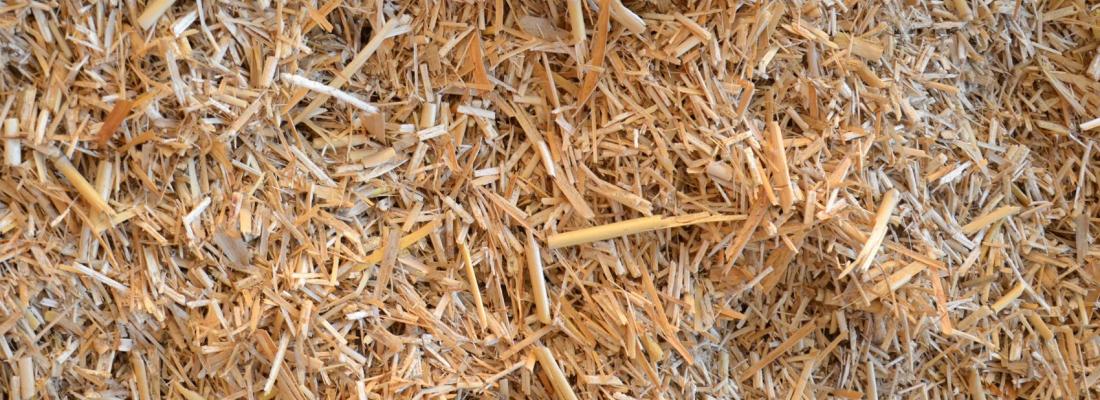Bioeconomy Reading time 3 min
Valorisation of agricultural residues: a new enzyme potentiates cellulose degradation
Published on 17 February 2025

To reduce greenhouse gas emissions, France is relying in particular on the National Low Carbon Strategy Project (SNBC), which, among others, has the goal of decarbonising energy production by 2050 by mobilising biomass resources and decarbonised electricity.
Cellulose, derived from plants, is an abundant natural and renewable resource of fermentable sugars, considered to be the largest family of polymers in terrestrial ecosystems. It can be used to produce biofuels and other bio-based products, but it is highly resistant to degradation.
An international research team coordinated by CNPEM (Brazilian Center for Research in Energy and Materials), in collaboration with INRAE and the Aix-Marseille University, has discovered a new class of enzymes involved in the breakdown of cellulose.
The enzyme, called CelOCE (Cellulose Oxidative Cleaving Enzyme), was identified from the genetic material of microbial communities present in plant biomass residues collected from Brazilian soils.
CelOCE exhibits promising properties for industrial applications. Thanks to its small size and dimeric structure, the enzyme shows high affinity for cellulose. INRAE researchers played a decisive role in elucidating the unique and unexpected mechanism of action of this metalloenzyme, which prompted researchers to test its effectiveness under industrial conditions, at the CNPEM pilot plant. When integrated into an industrial cocktail of cellulases—other enzymes capable of breaking down cellulose—CelOCE increases glucose release from agro-industrial residues by up to 21%. This glucose can then be fermented by microorganisms to produce bioethanol or other organic molecules of industrial interest.
This discovery marks one of the most significant advances in biorefineries in recent years. It opens up new avenues for the valorisation of plant biomass from forestry and agricultural residues and co-products, with the aim of developing industrial processes that consume less energy and are more respectful of the environment. In short, it contributes to the transition to a sustainable and bio-based economy.
Reference
Santos C.A., Morais M.A.B., Mandelli F. et al. (2025). A metagenomic ‘dark matter’ enzyme catalyses oxidative cellulose conversion. Nature, DOI: https://doi.org/10.1038/s41586-024-08553-z
